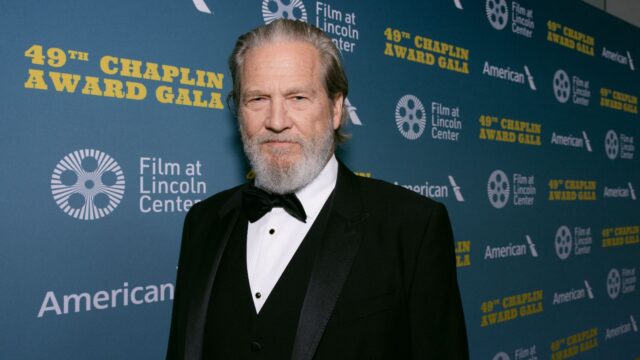Milestones
In 1975, John Douglas and Robert Kramer, both former members of revolutionary filmmaking collective The Newsreel, emerged from isolation to take stock of their generation’s hopes and struggles with Milestones, a kaleidoscopic epic that follows dozens of characters both willfully marginal and yearning for community as they reckon with the aftermath of the radical ’60s. In an introduction to the film written shortly before its premiere at the Directors Fortnight in Cannes in 1975, Douglas and Kramer presented their film as “a vision of America in the Seventies and […] a journey into the past and the future. It is a film with many characters. People who are conscious of a heritage founded on the genocide of the Indians and the slavery of the Black Man. A nation of people—trying to correct the errors of the present—the attempted genocide of the Vietnamese people. Milestones is a complex Proustian mosaic of characters and landscape which weave together to form the fabric of the film. There are many scenes in many cities, faces and voices without endings but many beginnings. The film crosses America from the snow-covered mountains of Vermont, to the waterfalls of Utah, to the caves of the Hopi Indians, and the dirt and grime and energy of New York City. Milestones is a film about rebirth, of ideas and faces, of images and sounds.”










